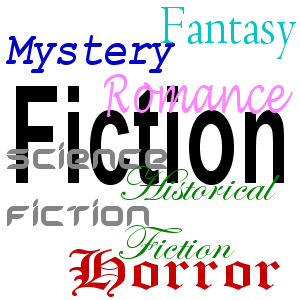Self-Publishing Horror Stories
Nan Barnes
 r Stories To Tell booth. They were enthusiastic about the books they wanted to create. But, too many of them were smarting from their experiences with subsidy publishers with their previous books. They had purchased publishing packages from companies including Author House, XLibris, iUniverse, Outskirts Press, and Publish America.
r Stories To Tell booth. They were enthusiastic about the books they wanted to create. But, too many of them were smarting from their experiences with subsidy publishers with their previous books. They had purchased publishing packages from companies including Author House, XLibris, iUniverse, Outskirts Press, and Publish America. We are getting ready for Day 2 of the Miami Book Fair International today. If there was one theme we encountered on the first day of this multi-block street fair in downtown Miami, it was: self-publishing author beware.We met a lot of wonderful authors at our Stories To Tell booth. They were enthusiastic about the books they wanted to create. But, too many of them were smarting from their experiences with subsidy publishers with their previous books. They had purchased publishing packages from companies including Author House, XLibris, iUniverse, Outskirts Press, and Publish America. Their complaints covered a range of issues.Two women, one a professional editor, who co-wrote an award-winning book, complained about the great difficulty they had communicating with the editor assigned to their book. The company had clearly outsourced the project overseas. The editor spoke with a heavy accent and was difficult to understand. The authors requested another editor, but the request went nowhere.Another woman described months of complaints about the interior design of her book. The company said her book was ready, but the text fonts, bold and italics were not what she had written in her manuscript. She had to reject the design and demand that it be corrected several times. Each time the company was resistant.Several authors we spoke with felt they had been misled when they paid for marketing packages. All agreed that the services provided were inadequate. Indeed the authors found that all they got were Amazon listings they could had arranged for themselves at no cost. Each author reported that the publisher's marketing was inadequate and they had to do their own marketing to succeed. Another author told us about the way her publishing company had set the cover price of her book at a level which was too high for her to make a profit. She had requested a change in the price, but was unsuccessful. Now, two years later, she could buy out her contract with the company and republish it herself. To add insult to injury, the company charged her an additional $100 for the use of the cover design which she had already paid for.Other authors told us that they could not get the rights to their books back from the companies. They had simply resigned themselves to moving on to a second book.It’s a shame! A quick web search for self-publishing will return listings for all of these large corporations. Authors, seeing no alternative, sign up for a publishing package which often includes services they don’t need at inflated prices, and it all turns out badly.These sadder, but wiser authors are all enthusiastic about their next books because they intend to truly self-publish. They will maintain all the rights to their book by managing the process themselves, hiring professional editors and book designers to create the book. They expect to take responsibility for their own marketing but they can set the price of the book, and keep all the profits! That's how self publishing should work.






